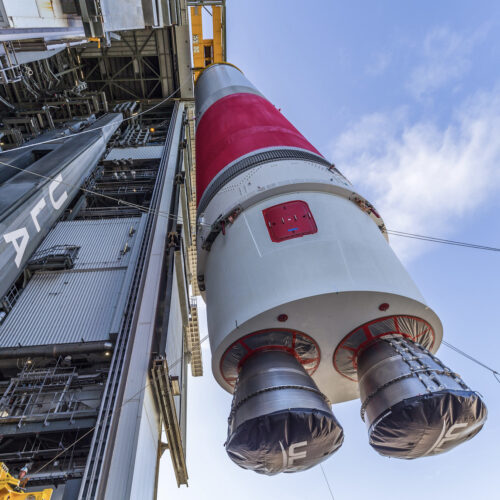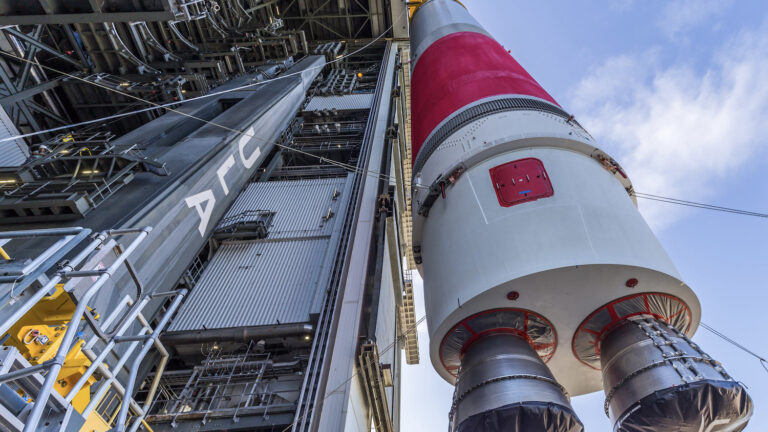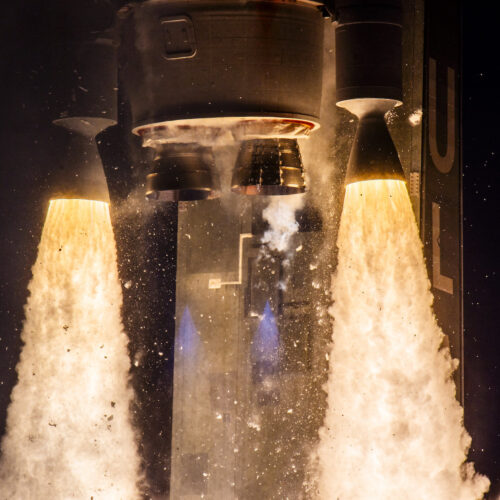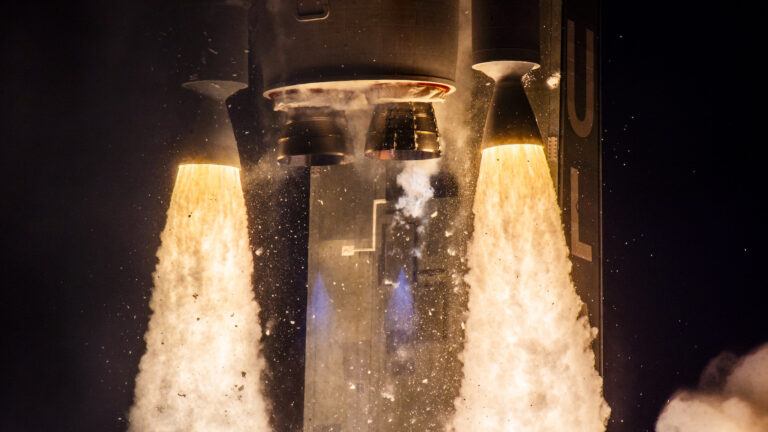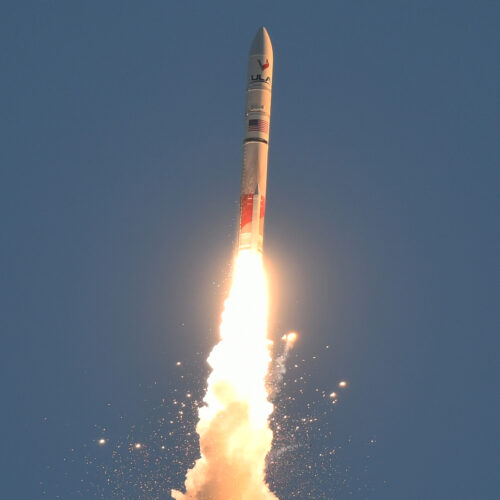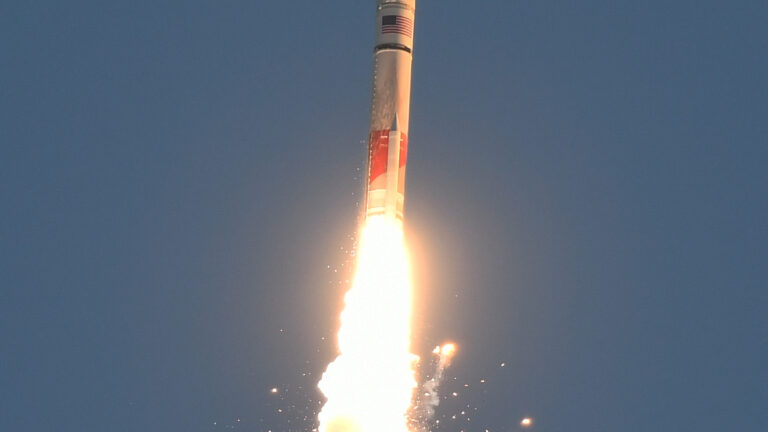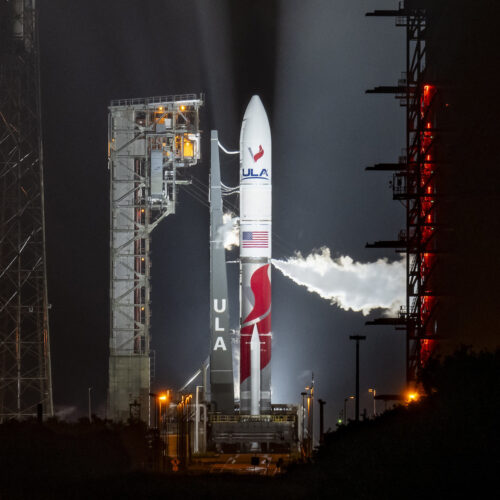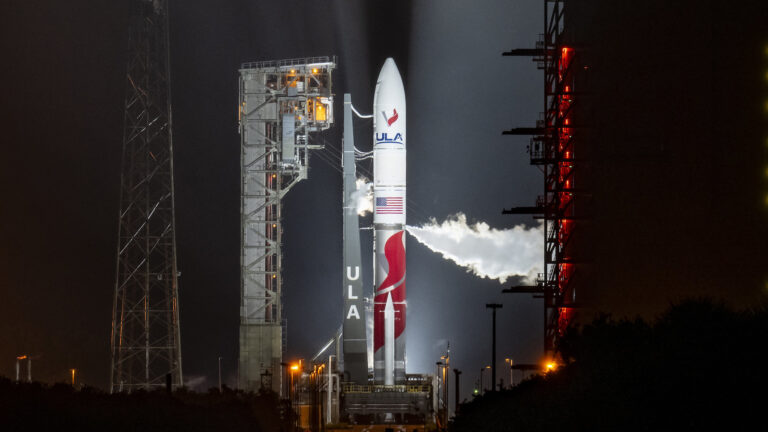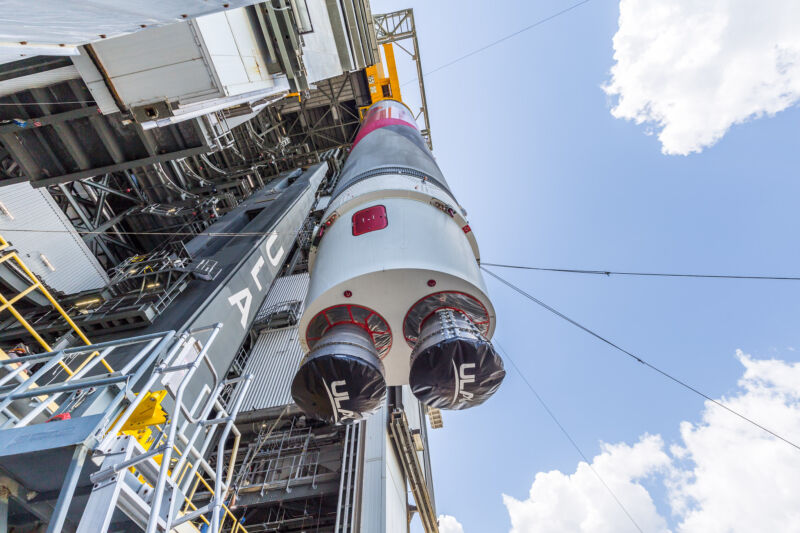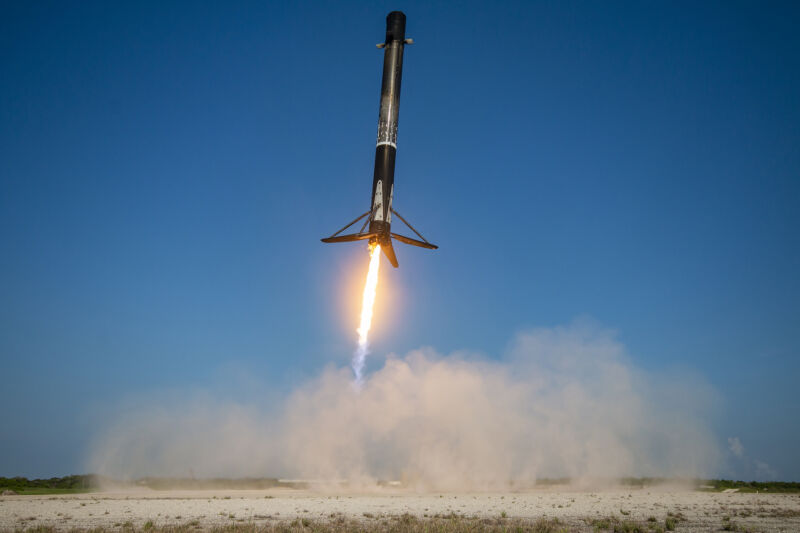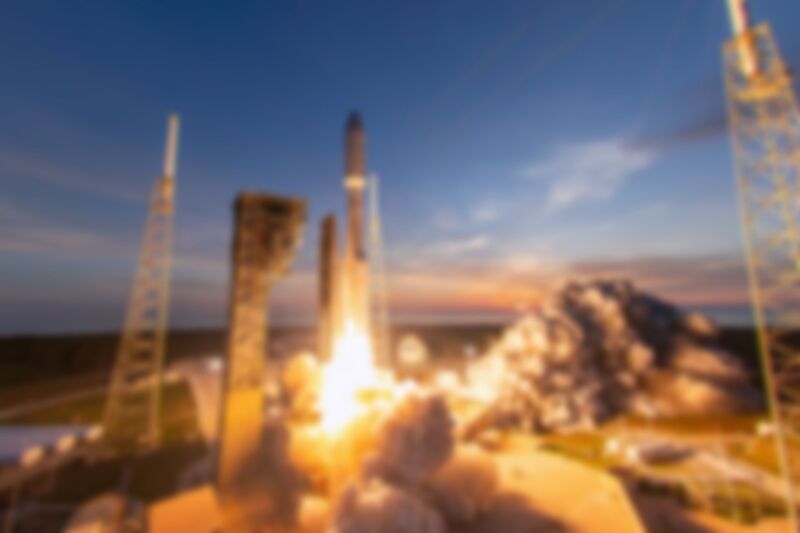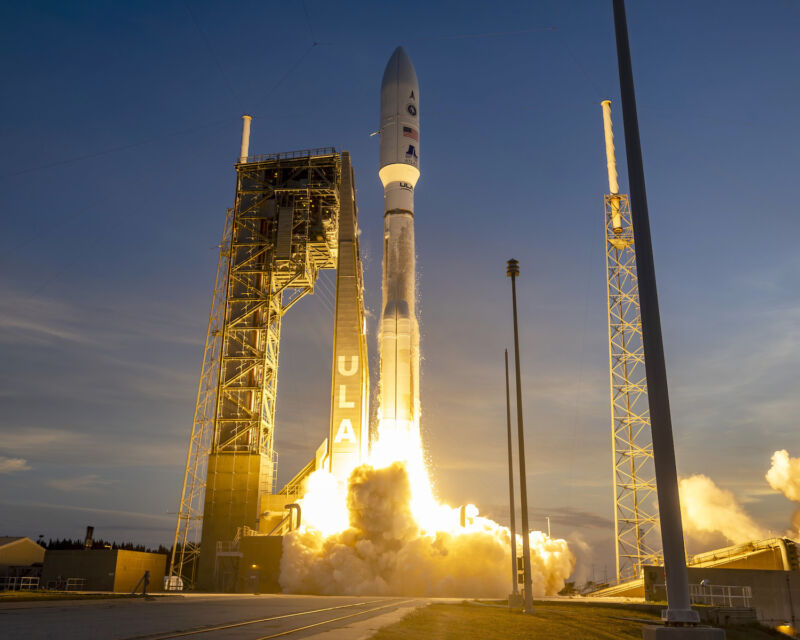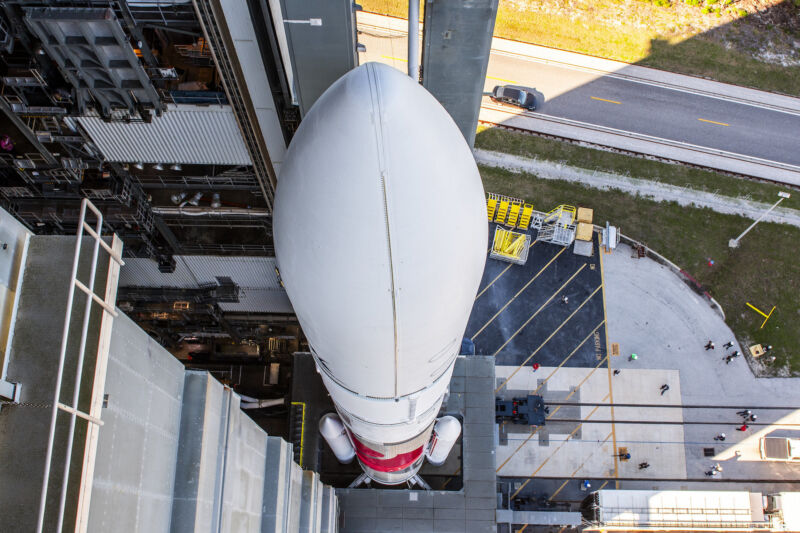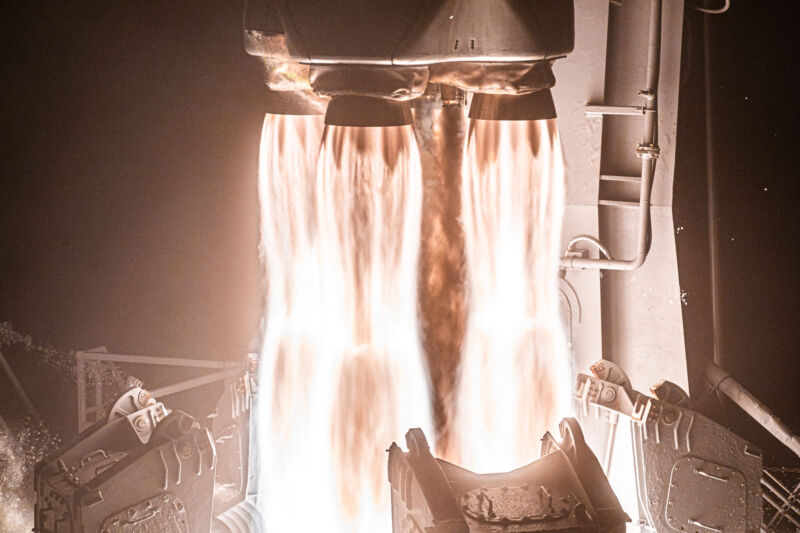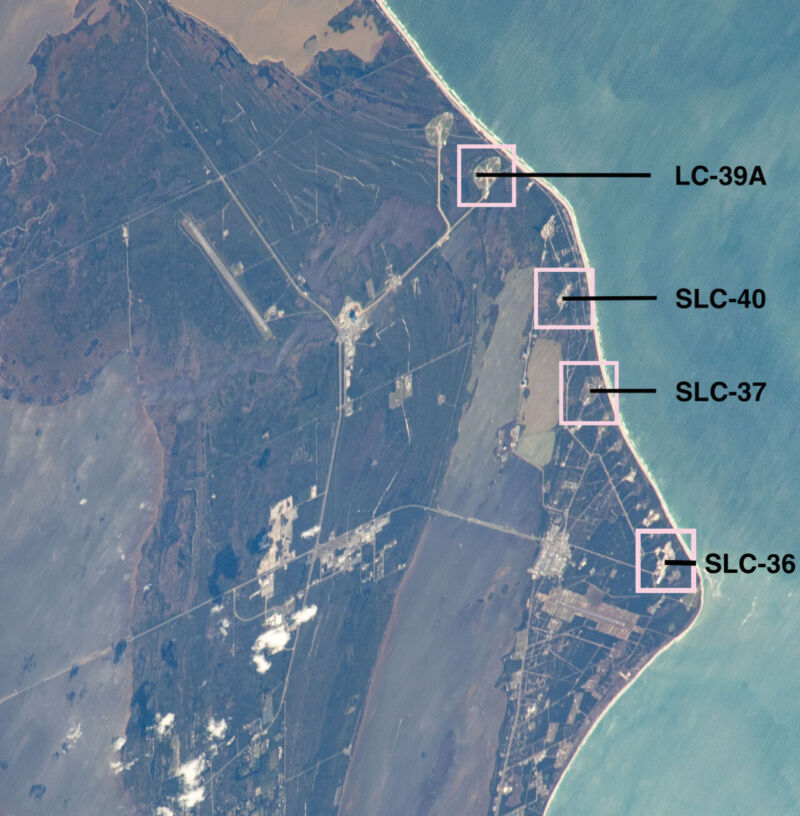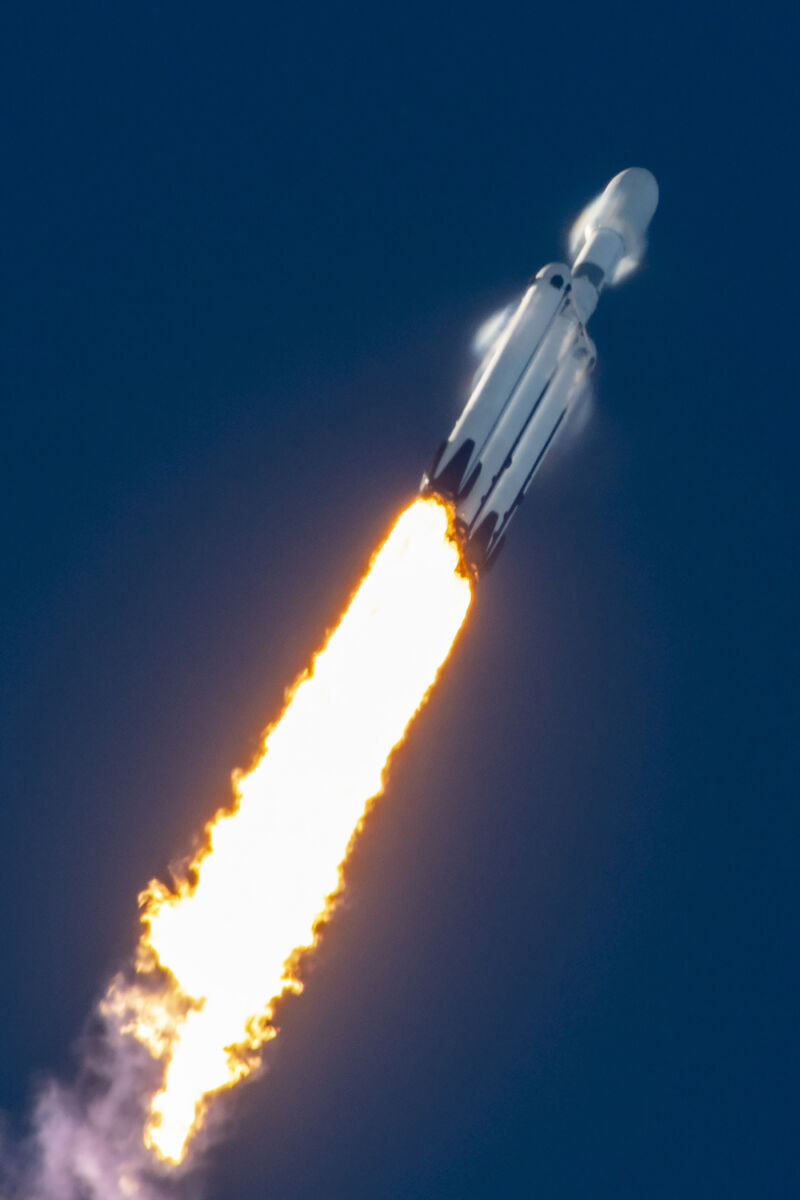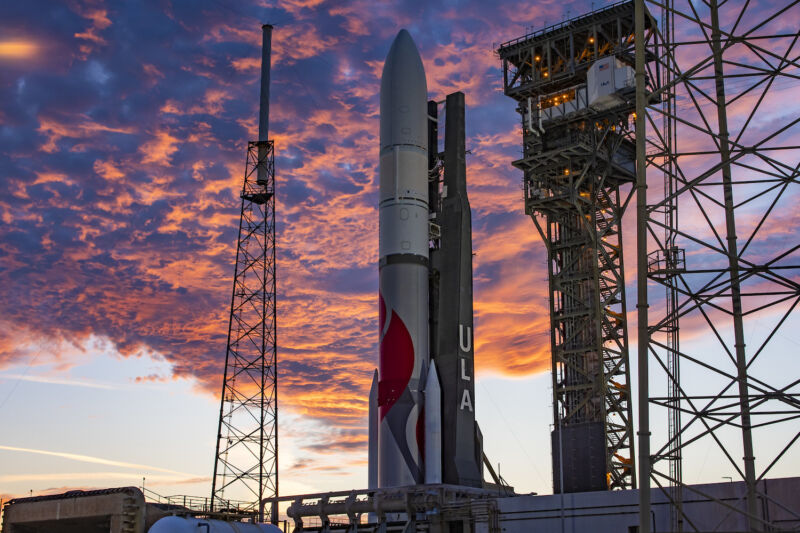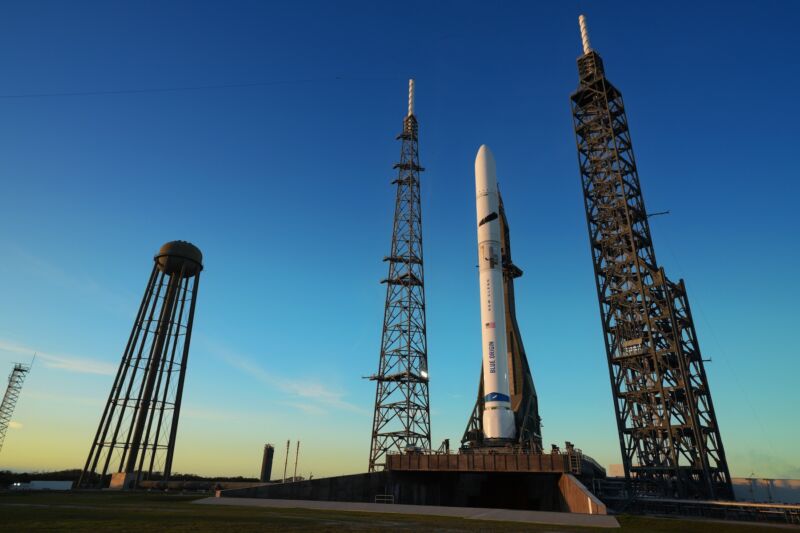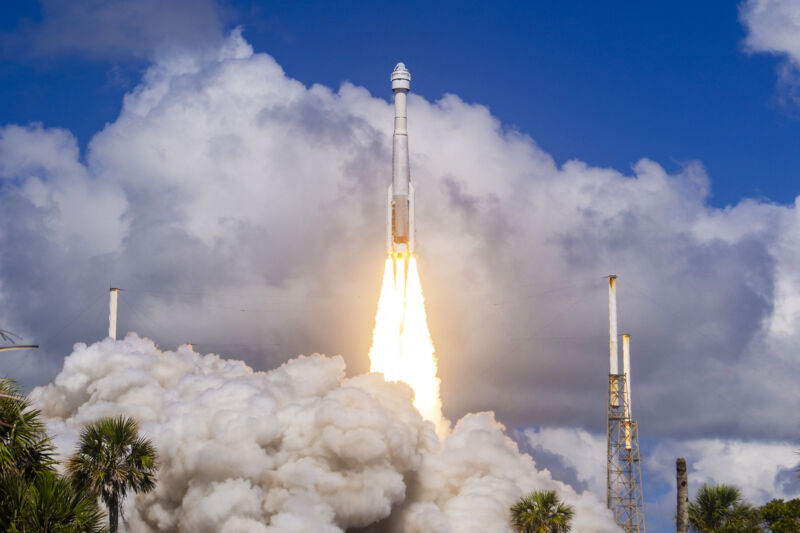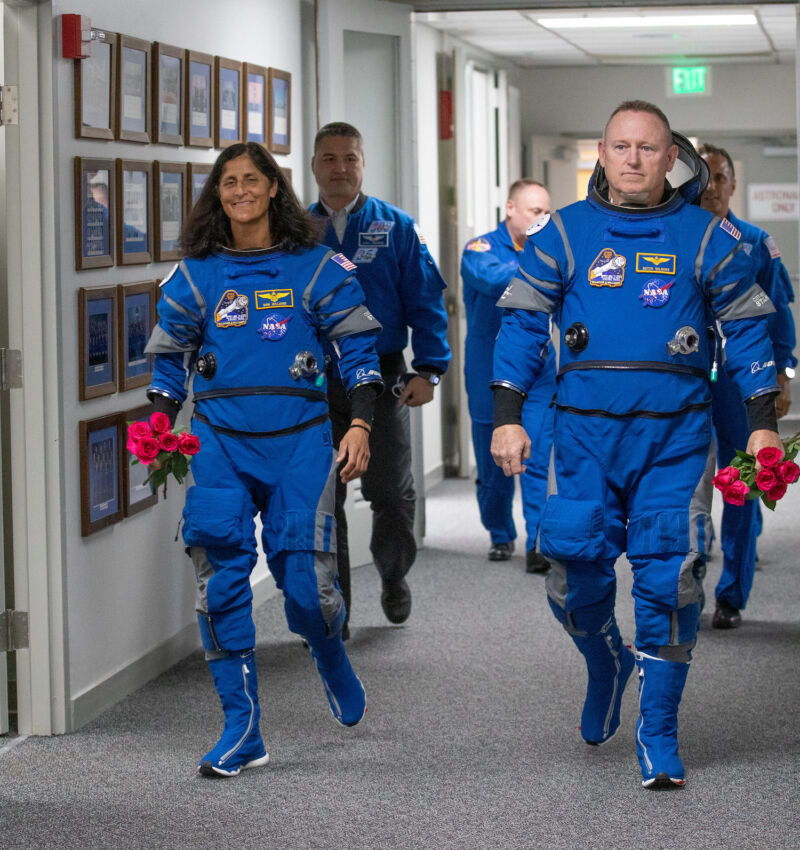Rocket Report: Sneak peek at the business end of New Glenn; France to fly FROG
Welcome to Edition 7.17 of the Rocket Report! Next week marks 10 years since one of the more spectacular launch failures of this century. On October 28, 2014, an Antares rocket, then operated by Orbital Sciences, suffered an engine failure six seconds after liftoff from Virginia and crashed back onto the pad in a fiery twilight explosion. I was there and won't forget seeing the rocket falter just above the pad, being shaken by the deafening blast, and then running for cover. The Antares rocket is often an afterthought in the space industry, but it has an interesting backstory touching on international geopolitics, space history, and novel engineering. Now, Northrop Grumman and Firefly Aerospace are developing a new version of Antares.
As always, we welcome reader submissions. If you don't want to miss an issue, please subscribe using the box below (the form will not appear on AMP-enabled versions of the site). Each report will include information on small-, medium-, and heavy-lift rockets as well as a quick look ahead at the next three launches on the calendar.

Astra gets a lifeline from DOD. Astra, the launch startup that was taken private again earlier this year for a sliver of its former value, has landed a new contract with the Defense Innovation Unit (DIU) to support the development of a next-gen launch system for time-sensitive space missions, TechCrunch reports. The contract, which the DIU awarded under its Novel Responsive Space Delivery (NRSD) program, has a maximum value of $44 million. The money will go toward the continued development of Astra’s Launch System 2, designed to perform rapid, ultra-low-cost launches.
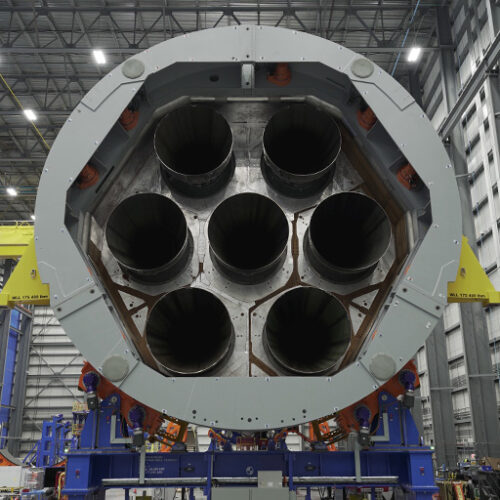
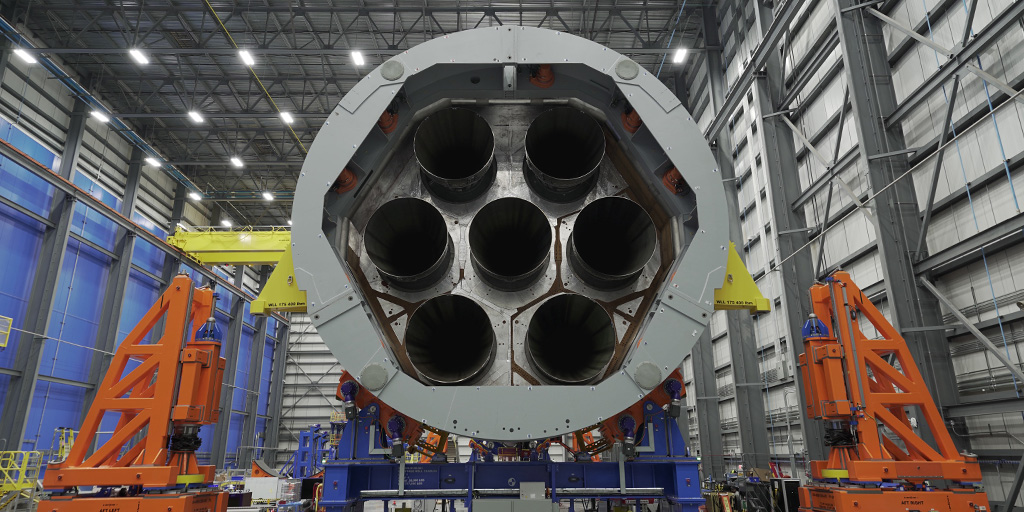
© Blue Origin
